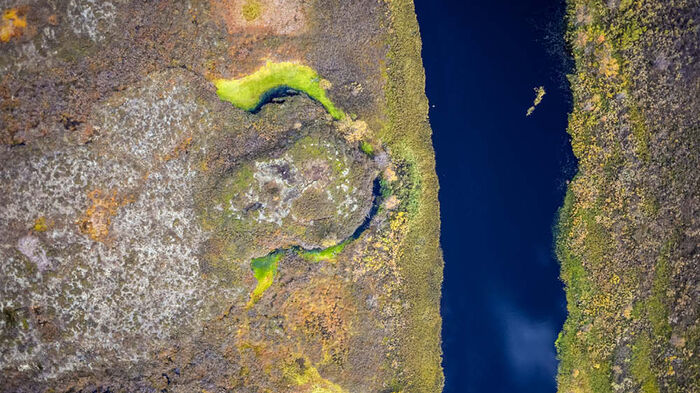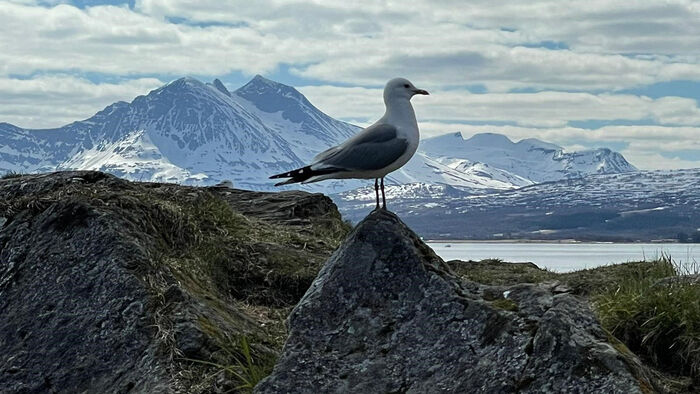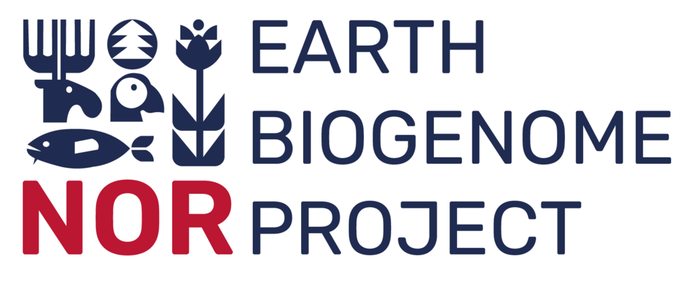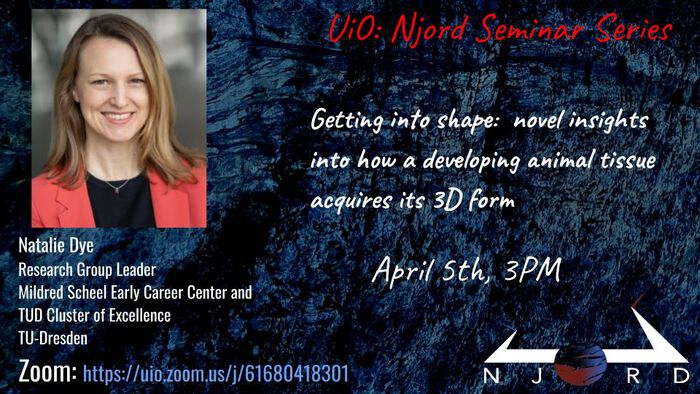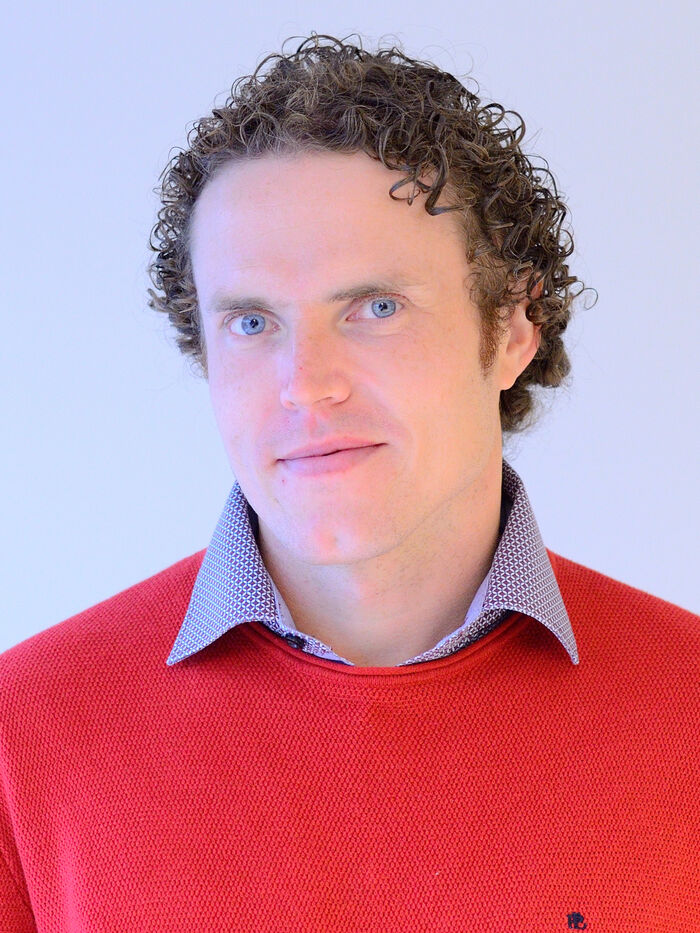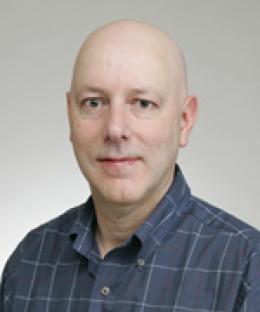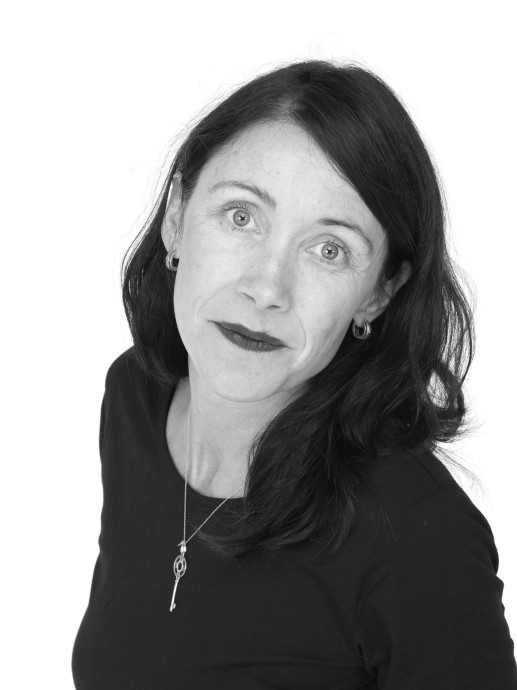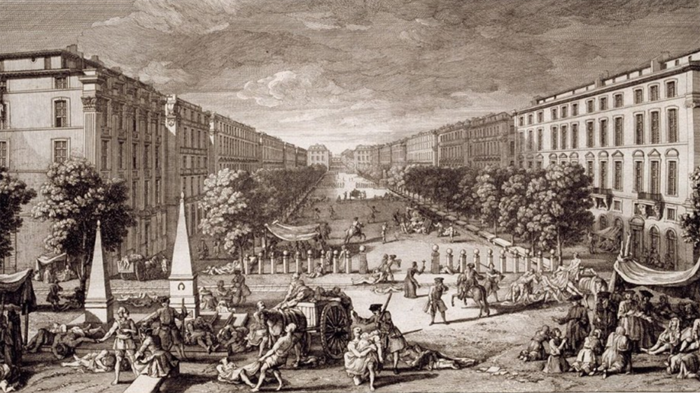Previous events - Page 11
Velkommen til GeoOnsdag. Denne gangen får vi foredrag fra førsteamanuensis Sebastian Westermann, Institutt for geofag, UiO.
C*-algebra seminar by Sergey Neshveyev.
Structural equation models are simultaneous equation regression models, whose variables are latent, and measured via a confirmatory factor model (that is, with measurement error and repeated measurements). When the functional form of the simultaneous equation system is unknown, it has previously been observed in simulations that factor scores inputted into non-parametric regression methods approximate the true functional form. Factor scores estimate the latent variables (per person), and several types exist. We provide a theoretical (though population-based) analysis of this procedure, and provide assumptions under which it is theoretically justified in using Bartlett factor scores, which are simple linear transformations of the data. In simulations, we compare this suggestion to an already available though understudied non-linear and computationally heavy procedure, and observe that the simple Bartlett approach appears to work better.
Markus Fleten Kreutzer, Jonas Timmann Mjaaland and Halvor Tyseng:
Qualitative analysis is a cornerstone of social science research, used in fields as diverse as education research, sociology, history, and business. Traditional qualitative analysis, however, is time consuming, labor intensive, and difficult to both scale and replicate. To tackle these issues, we have devised a fast, replicable, and scalable technique for deductive, qualitative research on text-data, by utilizing novel advances in machine learning and artificial intelligence.
Welcome to the first Norwegian Planetary Health Alliance conference.
Welcome to the annual Earth Biogenome Project-Norway conference. During this conference, you can participate in workshops and learn how to use bioinformatics tools to efficiently analyze and interpret genome sequencing data, in addition to hearing from renowned researchers who will share their work in biodiversity and genomics.
Natalie Dye is a group leader at the Mildred Scheel Early Career Center (MSNZ) research group leader and core group leader at the TUD Cluster of Excellence, Physics of Life (POL), TU-Dresen.
Hylleraas seminar, hosted in Tromsø
Doctoral candidate Anders Brennhagen at the Department of Chemistry, Faculty of Mathematics and Natural Sciences, is defending the thesis "Bi metallates as conversion-alloying anodes for Na-ion batteries" for the degree of Philosophiae Doctor.
By Christy Morrissey from the University of Saskatchewan, Canada.
PhD candidate Renate Marie Alling at the Department of Biosciences, Faculty of Mathematics and Natural Sciences, is defending the thesis 'Environmental and genetic factors affecting endosperm-based post-zygotic hybridization barriers' for the degree of PhD.
The frictional behavior of surfaces is a problem of great scientific and practical significance. Recent progress in molecular scale modeling allows us to determine the coefficient of friction for nanoscale surfaces from first principles using molecular dynamics modeling. However, inverse design, that is, designing surfaces with specific frictional propeties is still a complex and largely unsolved challenge in part due to the enormous space of possible surface configurations. Here, we demonstrate how we can use physical forward modeling to find the frictional properties of a set of surfaces that can serve as a training set to design machine learning models. In this talk, we demonstrate both discriminative and generative models for frictional surface design and analyze what physical principles the machine learning models have learned in this process.
Øystein Håvard Færder, Rosseland Centre for Solar Physics, University of Oslo.
Is it difficult to set aside time to write? The Academic Writing Centre organsises structured writing sessions for PhDs and Postdocs.
by Laurent G. J. Montesi, Professor, Department of Geology, University of Maryland College Park
his talk discusses a nonparametric inference framework for occupation time curves derived from wearable device data. Such curves provide the total time a subject maintains activity above a given level as a function of that level. Taking advantage of the monotonicity and smoothness properties of these curves, we develop a likelihood ratio approach to construct confidence bands for mean occupation time curves. An extension to fitting concurrent functional regression models is also developed. Application to wearable device data from an ongoing study of an experimental gene therapy for mitochondrial DNA depletion syndrome will be discussed. Based on joint work with Hsin-Wen Chang (Academia Sinica).
Title: Global simulations of the interactions between climate and the economy
Speaker: Trude Storelvmo, UiO
Welcome to our dScience lunch seminar in the Science Library, with Trude Storelvmo from the Department of Geosciences.
Angiosperm species display a huge variation in the form of their inflorescences, flowers and fruits. This diversity has evolved through modifications in the gene regulatory networks (GRNs), which underlie the development of these structures. To understand how gene evolution brings about the divergence of traits, we focus on the MADS-domain transcription factors, which play important roles in the GRNs that regulate flowering and fruit development. We study how gene regulatory networks can change between species, investigating both the specificity of protein-protein and of DNA-protein interactions, as well as divergence in expression profiles. The main topic of our studies is the MADS-domain transcription factor FRUITFULL (FUL), which has a conserved function in the regulation of flowering time, fruit development and woodiness throughout the angiosperms.
What does it take to create and sustain environments that support the development of high-level research projects? Registration for the event is now closed.
Takashi Toma, Kanazawa university
Weekly Theory Seminar.
Dag Kristian Dysthe (Njord, UiO): "Active materials shape themselves".
Hylleraas seminar, hosted in Tromsø
